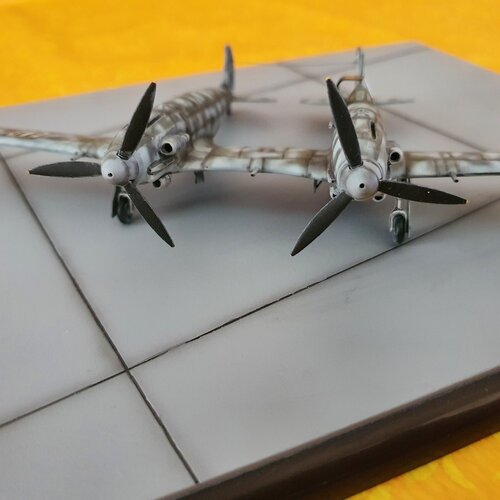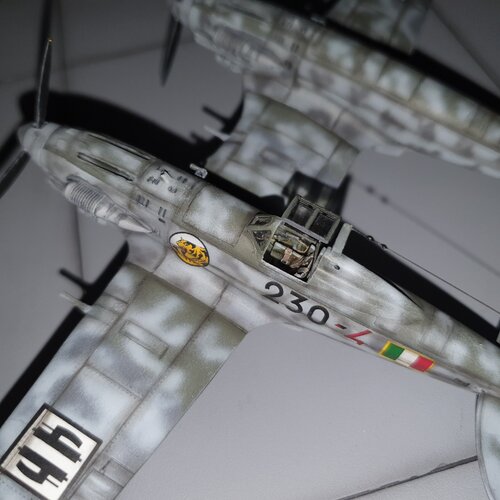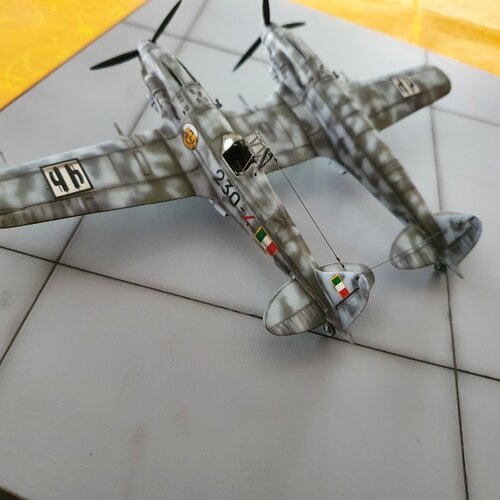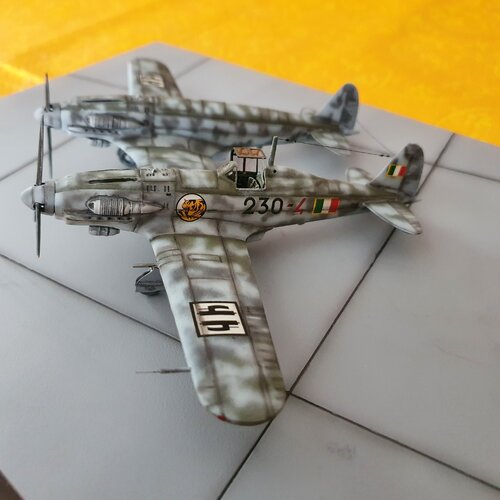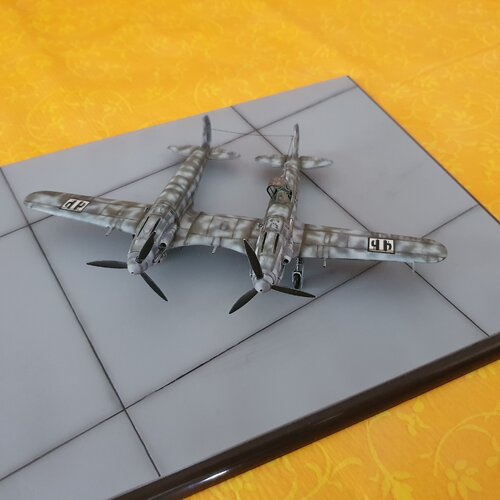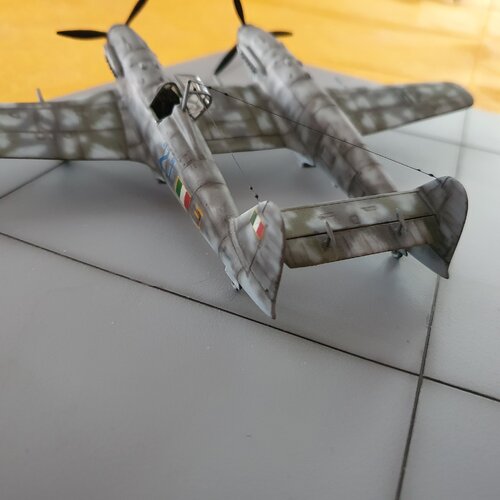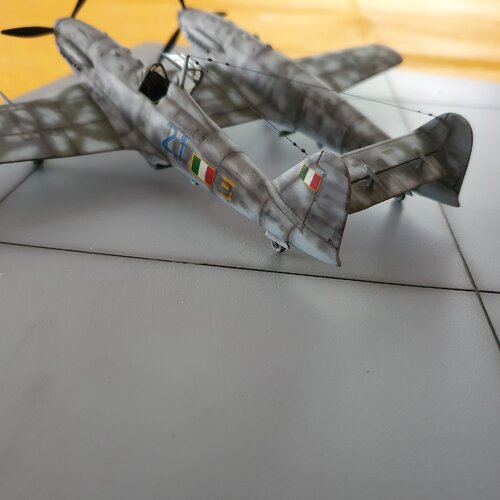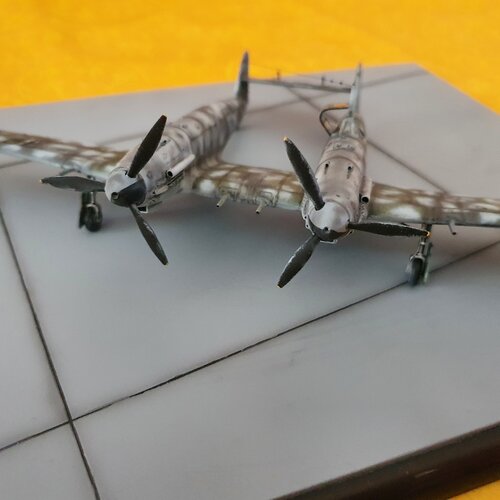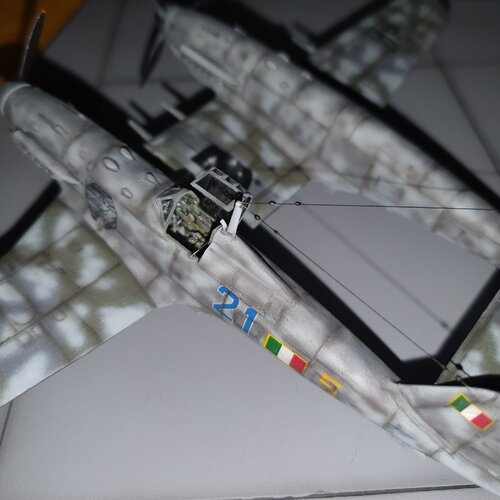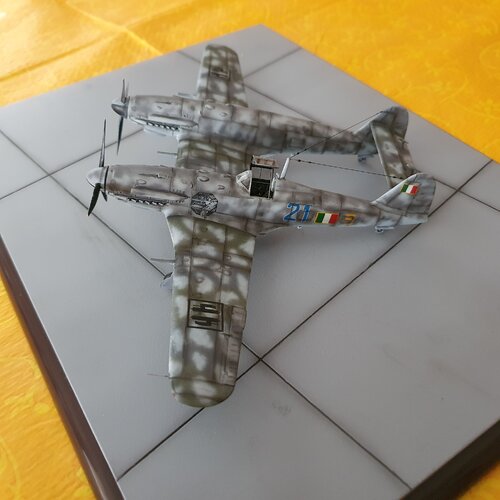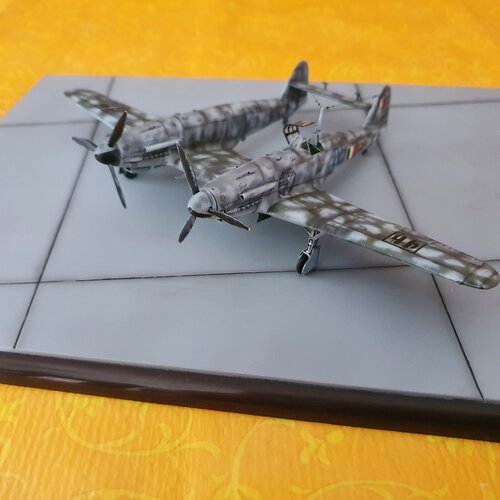archipeppe said:
Italian designer started to investigate the twin fuselage configuration long before the WWII, the very first project was the Bestetti-Nardi BN.1 started as research aircraft (technology demonstrator we would say today) rather than an operational machine.
The BN 1 was designed around 1937-39 and it made its maiden flight in July 1940.
http://it.wikipedia.org/wiki/Bestetti_BN.1 (unfortunately only in Italian)
Hi BN.1.
http://www.secretprojects.co.uk/forum/index.php?action=dlattach;topic=3596.0;attach=319609;image
http://alternathistory.livejournal.com/922097.html
Auto translation(1)
"Fighter Lagg in Italian. Experimental aircraft Bestetti BN. 1 Nardi-Italy
In June 1938 the year engineer Pietro Luigi Nardi (Pier Luigi Nardi) presented the results of issledovaniej on determination of optimum aerodynamic aircraft twin-engine scheme according to which this schema is dvuhfûzelâžnyj.
To confirm this theory proposed the construction of a light Nardi engineer četurehmestnogo aircraft
capable to fight for supremacy with German sport aircraft.
The decision, made after aviagonok, on the third aircraft fascist meeting (III Avia Raduno del Littorio), in July 1938 year that twin-engine Siebel Si. 104 and single Messerschmitt Bf 108 Taifun "" Italian Caproni Ca 309. machine and Nardi FN. 305 to win.
German superiority can be overcome only with perfect aerodynamics, which should be considered single-SAI-Ambrosini 7 and twin-engined aircraft dvuhfûzelâžnyj Nardi.
Already September 5, 1938 year Aviation Administration (Amministrazione Aeronautica) signed the first contract with a company to manufacture the Bestetti
pilot tourist plane BN. 1 (so was called aircraft structures Nardi (
Bestetti-
Nardi modello
1)) to attend the fourth meeting of the fascist aviation, as well as structural components for conducting static tests. Bestetti firm led the brothers Guido and Angelo Bestetti (Guido e Angelo Bestetti) are successors to one of the pioneers of aviation industry-their father Carlo Bestetti (Carlo Bestetti). Their business was located and Arcore (Arcore) in the region of Brianza (Brianza), famous for its furniture industry. This firm has collaborated with different designers, they designed vyposkaâ light samlety (neaprimer, Bestetti-Colombo C. 3).
1 bn is the Italian answer to the success of the advanced twin-engine German Siebel Si. 104 on trip to honor III Avia Raduno del Littorio and at the same time serve as a flying ispytat′l′nogo stand for theories of the engineer Pietro Luigi Nardi relatively dvuhfûzelâžnogo twin-engine fighter
Flight testing BN l began in the summer of 1940 years, but they were interrupted by the accident occurred July 31. By landing too low, test pilot De Mikelis (De Michelis) hit a power line. The damaged plane crashed to the ground, and spilled from the fuel tanks caught fire, but the plane was rescued thanks to the excellent fire-resistance designs. After 6 months of repair BN 1 running pilot Bonomi (Bonomi) again climbed into the air. Due to weak controllability of aircraft flying qualities appreciate low Bonomi machine: it tried to change the balancing vertical tail and do aerodynamic empennage horizontal compensation. Also required to increase the size of the empennag
scheme 1 bn.
Tailplane is comprised of a single horizontal tail and two fins. Wooden empennage structure with linen coated; podižnye surface with aerodynamic compensation system.
Landing gear retracts forward rotation in the gondola, located behind the engines; wheel chassis-low pressure with a pair of shock absorbers and brakes. Tail crutches with depreciation.
A wooden fuselage of the "restored" wood with a thin plywood coated with linen and Interior to the end from the saloon to the tail.
Front seat pilots in both cabins (available through the lateral rollover transparent lamps) are equipped with the standard equipment for measuring parameters of flight and engine control, both second place passenger lounges.
Engines with metal dvuhlopastnymi propellers in flight; fuel tanks in the fuselage between the engines and cabin, with a total capacity of 420 litres.."











































